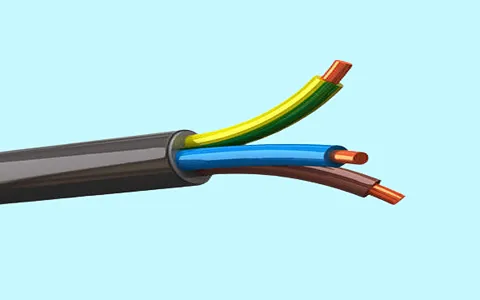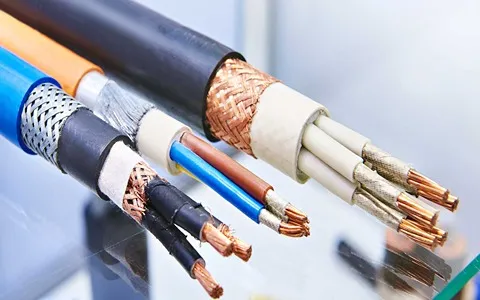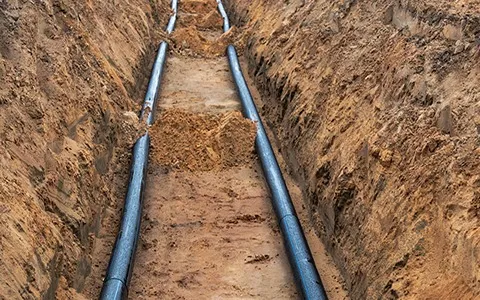The high voltage wire and cable are used in different weathering conditions and situations.
According to these factors, some standards regarding the installation of these wires and cables must be considered.
Building underground tunnels, chambers, passages, and ditches can be dangerous.
Knowing the types of wires and cables that are safe for underground construction can help keep electrical contractors safe.
Wire or cable? Both wire and cable can be used in underground construction.
Underground wiring can be made of copper or aluminum.
The copper wire can be safely left exposed in the ground, or it can have a protective jacket or insulation.
A cable is a set of two or more conductors that are sheathed together.

High voltage cable installation standards
As the different types of high voltage cable and wire are widely used around us, considering different standards for installation became more important.
Utilities around the world are optimizing the equipment they use (reducing capital and operating costs).
Therefore, the Ministry of National Grid Standards and Regulations in Saudi Arabia formed a team of experts to study the possibility of standardizing/unifying the cable design in three sizes: 1200 sqmm, 2000 sqmm, and 2500 sqmm.
The National Grid specification has a variety of high voltage cable conductor sizes based on IEC 60228 and different operating area requirements.
However, National Grid more often chooses a conductor size of 1200 mm² to meet load requirements, based on the required capacity of each substation.

High voltage underground cable
Different types of underground cable, high and medium voltage, are used for the transmission and distribution of electricity, and the use of aerial structures becomes impractical.
Such locations may be congested areas where right-of-way costs are prohibitive, or where overhead lines are prohibited by local ordinances for safety reasons, or at intersections around factories and substations, or wide bodies of water where overhead crossings are not permitted for various reasons.
The type of cable used depends on the voltage and service requirements.
Recent improvements in design and manufacturing have led to the development of cables suitable for high voltage.
This makes it possible to transmit electricity over short or medium distances using ground cables.
Underground cables consist of a central core or several (two, three or four) stranded tinned copper conductors (sometimes aluminum conductors are also used) connected by paper or painted jute or vulcanized asphalt or impregnated paper insulation.
A metal sheath of lead or alloy or aluminum is provided around the insulating layer to prevent ingress of moisture.
The initial high cost is the only thing holding back the use of underground cables for power transmission and distribution.

Underground cable construction
The type of cable used in a particular location depends on mechanical factors and the voltage required for operation.
These cables are divided according to the voltage into low voltage cables with working voltage up to 1kv, high voltage cables with working voltages up to 11KV, extra high voltage cables with working voltages up to 33KV, extra high voltage cables with working voltages up to.
to 66KV and extra high voltage power cables with working voltages above 132KV cable.
In addition to the above factors, the current rating of a cable depends on many other factors, such as the cable laying method used, the distance between cables, the number of cores and the thermal conductivity of the soil.
Cable manufacturers address each of them with a variety of factors.

Underground cable installation standards
The standards for the installation of different types of cable in the underground environment are different from the installation of the cable in an open area.
When running buried cables - such as from the house to the garage or gazebo - it must be protected to prevent mechanical damage to the insulation.
The National Electrical Code provides recommendations on minimum burial depth, and the Building Code specifies local requirements that you must follow.


0
0